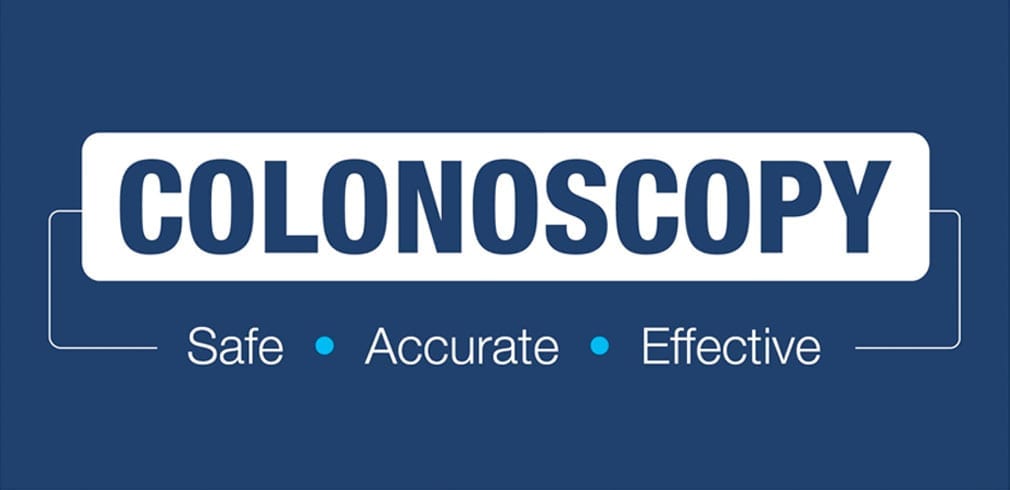Colonoscopy for patients throughout Salt Lake and Utah Counties
Colonoscopy is a common and very safe procedure that examines the lining of the lower intestinal tract called the colon, or large intestine. Colonoscopy means “to look inside the colon.” The GI specialists at Granite Peaks Gastroenterology in Utah perform colonoscopies for patients throughout Salt Lake and Utah counties, and the surrounding areas.
Colonoscopy Procedure Description
The colonoscopy procedure uses a flexible tube that has a light and miniature TV camera on the tip. This instrument, often referred to as the “scope”, is placed in the rectum and advanced through the colon. It is connected to a television monitor your doctor watches while performing the test. Various miniaturized tools can be inserted through the scope to help your doctor obtain biopsies (tissue samples) and view the lining of the colon to diagnose your condition.
Preparing for a colonoscopy
You will schedule your appointment with the Granite Peaks GI Scheduling Department to determine a convenient time for you to have your colonoscopy with one of our gastroenterologists. Our staff will ask demographic questions including your medical insurance information as well as some medical questions to ensure we are scheduling you appropriately. For most people, the bowel prep is the part of the process that they most dread but rest assured, bowel preps have gotten better and easier to use over the years.
Plan ahead:
- Stock up on clear liquids (no red or purple) to help you stay well-hydrated and to prevent hunger during your preparation day. This is critical to a successful prep. Some people may require more than one day for a prep, but you will be aware of this is the case before you start.
- If you work the day before your procedure, be sure to bring plenty of clear liquids to work with you to stay hydrated throughout the day.
- Plan to stay at home the evening before your procedure to begin your bowel preparation.
- If you are being sedated, you must have a responsible adult driver who will stay at our facility during the procedure and drive you home afterward.
- While you are sedated, you will be comfortable and unaware of the procedure taking place. Your vital signs are continuously monitored and recorded throughout the procedure and your recovery.
Diagnosing Using Colonoscopy
Colonoscopy is used to diagnose conditions such as colon polyps, cancer, colitis (inflammation of the colon) and diverticular disease. It may be used to investigate unexplained diarrhea, bleeding and anemia, or to evaluate an abnormality noticed on an imaging test.
When used as a colon cancer prevention method, colonoscopy can find potentially precancerous growths, called polyps, and remove them immediately.. The removed polyps can then be tested for abnormal cells and an accurate diagnosis made. If the results show precancerous or cancerous polyps, a plan is put into place to monitor or treat the patient, as appropriate, for their particular situation.
Colonoscopy is an invaluable diagnostic tool that helps your doctor answer important questions about your digestive health as well as prevent certain diseases, like colon cancer.
What to Expect after a Colonoscopy
When you awaken in the recovery area, the physician will explain their impressions of the examination and their recommendations. If biopsies were taken, it may take up to fourteen days to receive laboratory results, and additional recommendations may be made based on the results.
Plan to avoid driving, decision-making or activities that require balance or judgment for four hours following your procedure. After that, you may resume normal activities.
Because your doctor used air to inflate the colon when looking at the lining of the colon, you might experience some cramping or bloating. This feeling should disappear once you start passing gas. Your doctor will advise you, based on their findings, if there are any restrictions for your diet. If not, you should be able to eat after leaving the endoscopy center.
Colonoscopy Procedure Risks
Colonoscopy and the special techniques mentioned above are very safe when performed by specially trained doctors with experience performing these types of procedures. As with any medical procedure, even in expert hands, unintended events could occur, and patients should be aware of the potential consequences.
There is a small risk of having a reaction to the medication given during the exam. In most cases, medications are available to counteract these side effects. A rare complication is tearing or perforation of the lining of the intestine. Should this occur, surgery may be needed to seal the injury. Another risk is bleeding, usually at the site of a biopsy or polyp removal. Most cases of bleeding stop without treatment or can be controlled at the time of procedure.

Colonoscopy Treatment
In the case of colon cancer colonoscopy screenings, the removal of polyps is the treatment. Removing polyps stops them from developing into cancer. Patients with no polyps would need to return in 10 years for a repeat colonoscopy and would be put on a more frequent schedule, depending on the findings.
If a cancer diagnosis is made, patients will be referred to an oncologist for the appropriate treatment for their type and stage of cancer.
Colonoscopy is used to determine the cause of symptoms and, if a disease process is causing damage, the extent of the damage and the appropriate treatment. The physician can visually exam the lining of the colon, giving them unique information about the health of the colon and possible therapies to treat what they find. Laboratory testing of biopsies gives additional information for developing an effective treatment plan for the patient’s specific condition. For some patients, follow-up colonoscopies may be necessary to evaluate the effectiveness of treatment and completion of the healing process.
Contact Granite Peaks Gastroenterology to schedule your colonoscopy at one of our convenient locations in Sandy and Lehi, Utah. Wherever you are; Salt Lake City, South Jordan, Taylorsville, Murray, Draper, Provo, you’re just minutes from one of our clinic locations.

